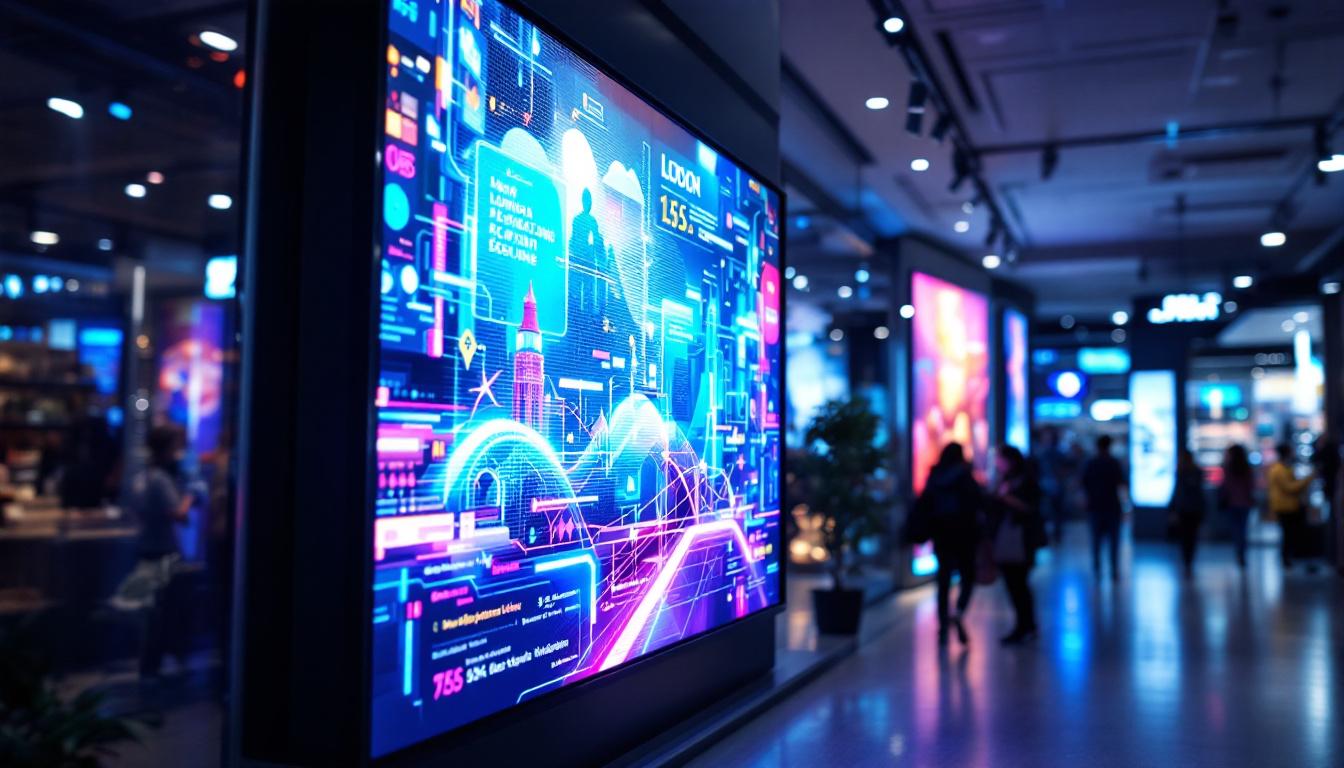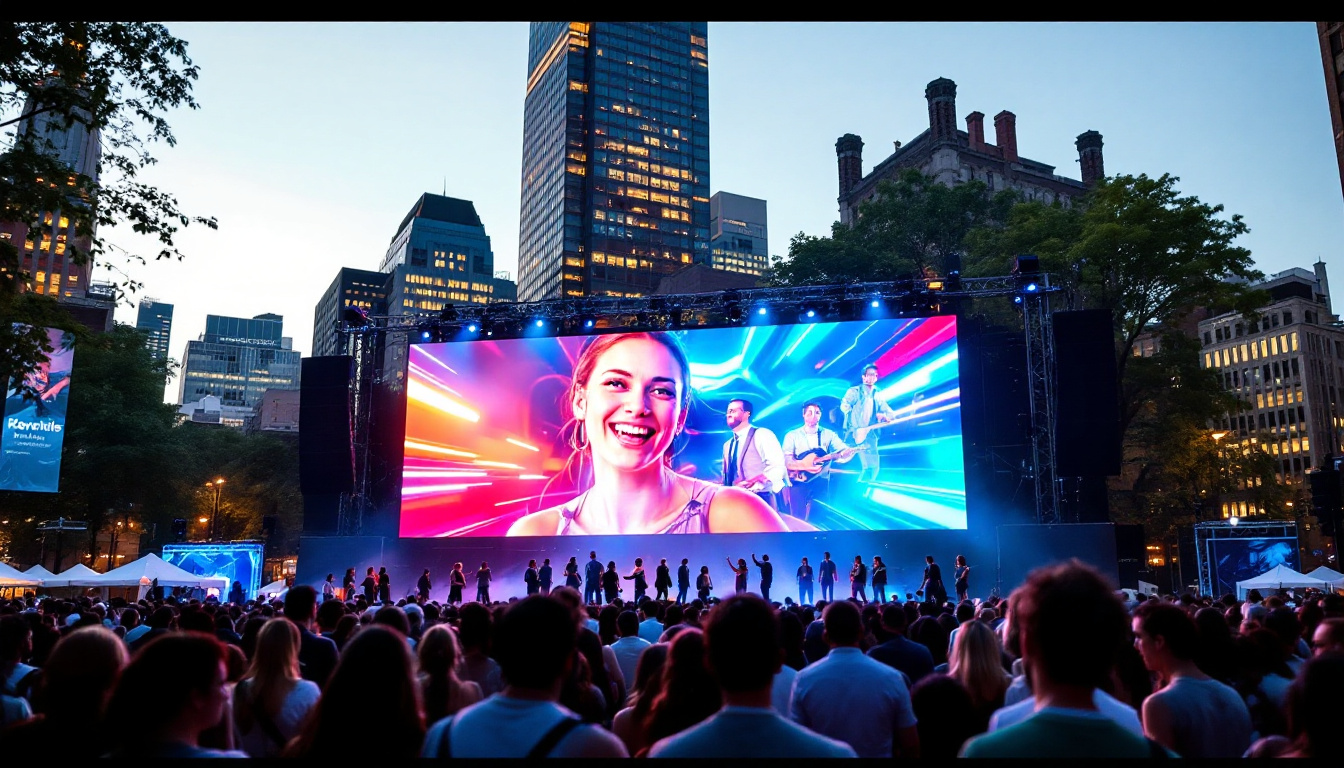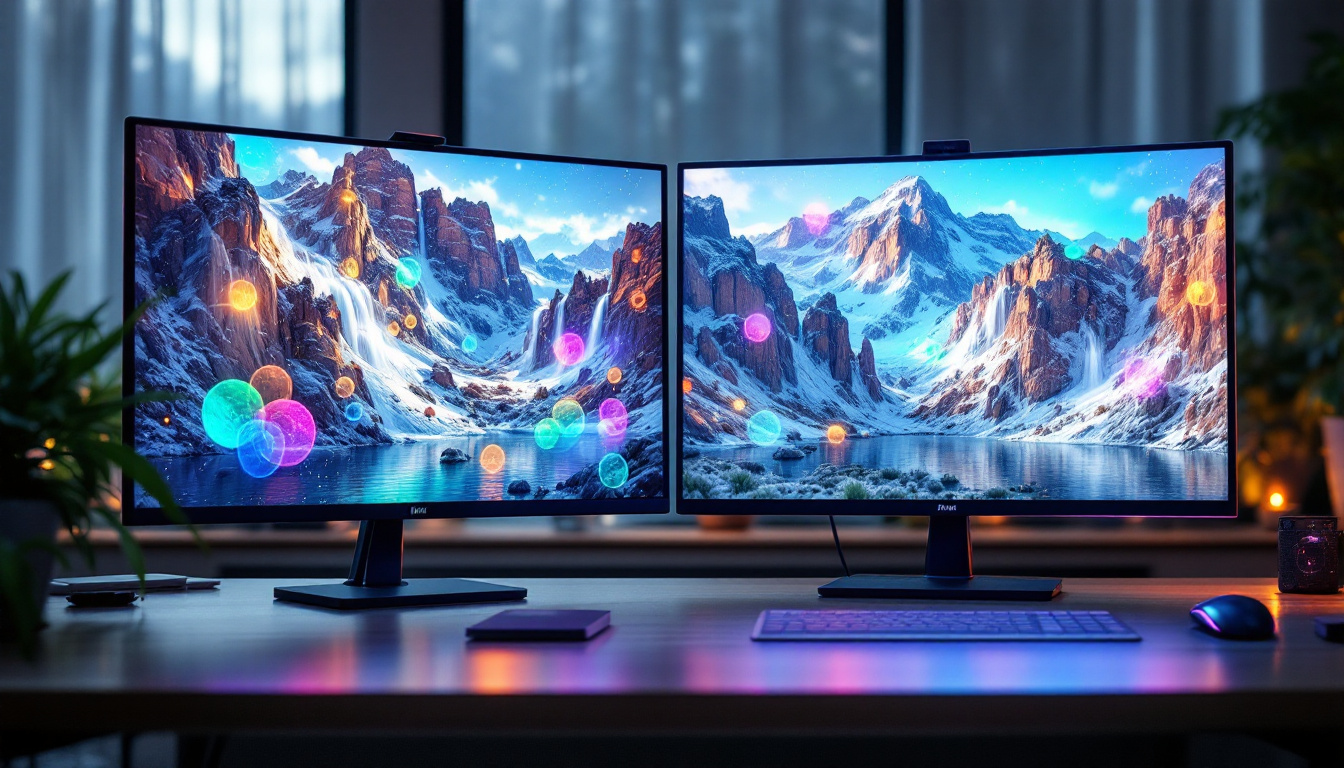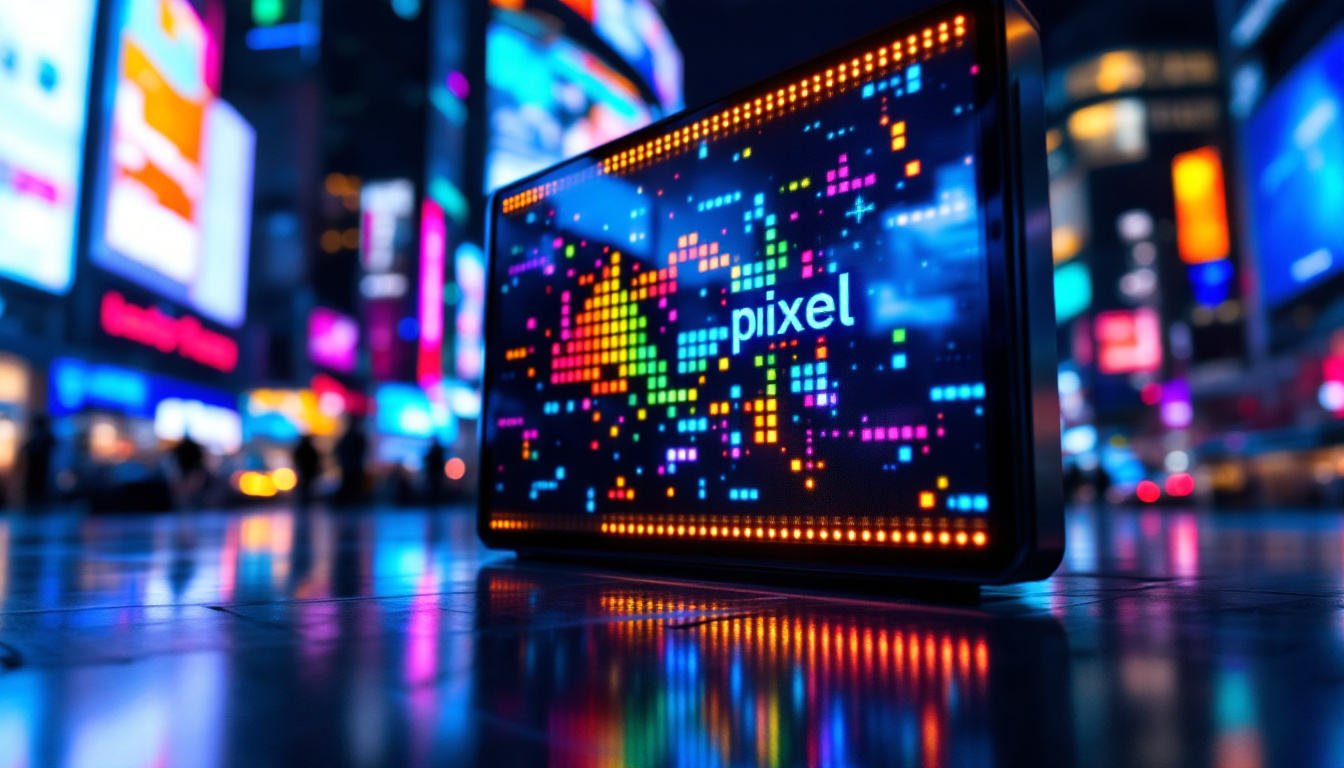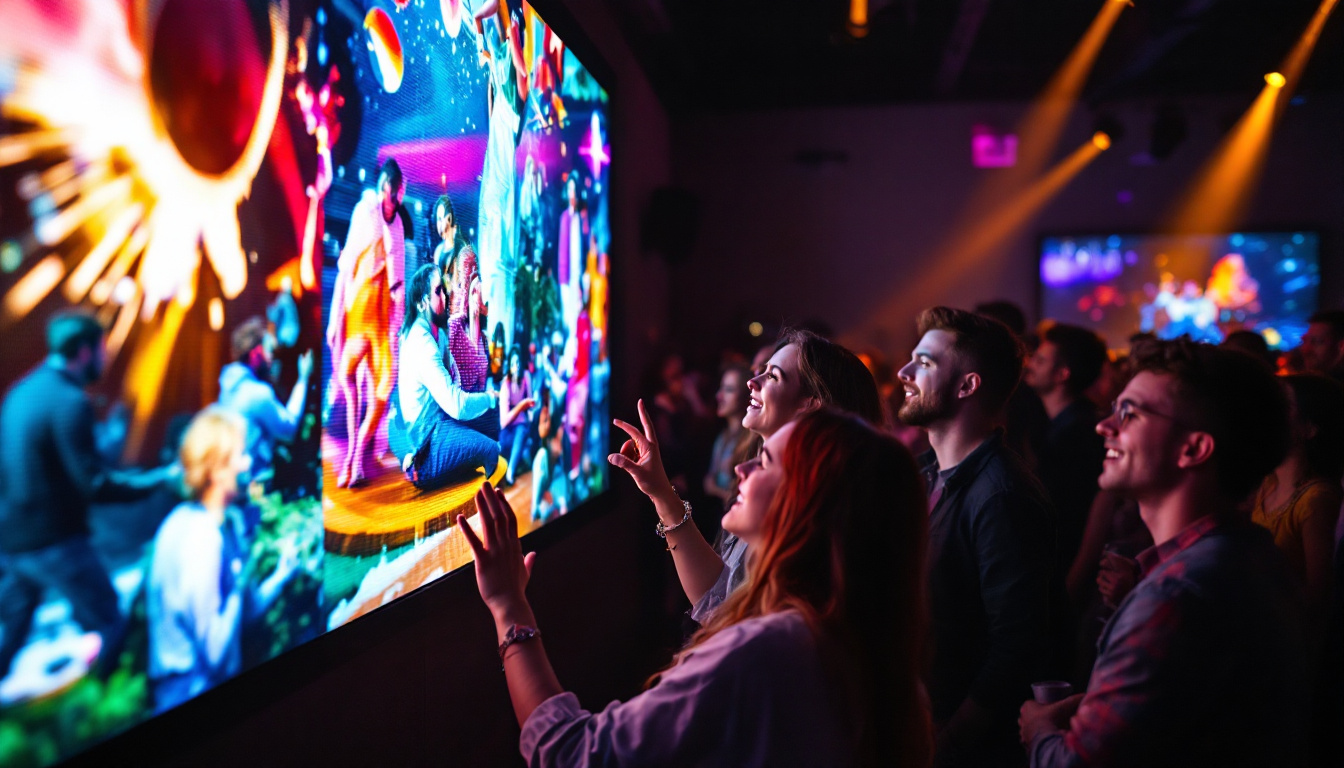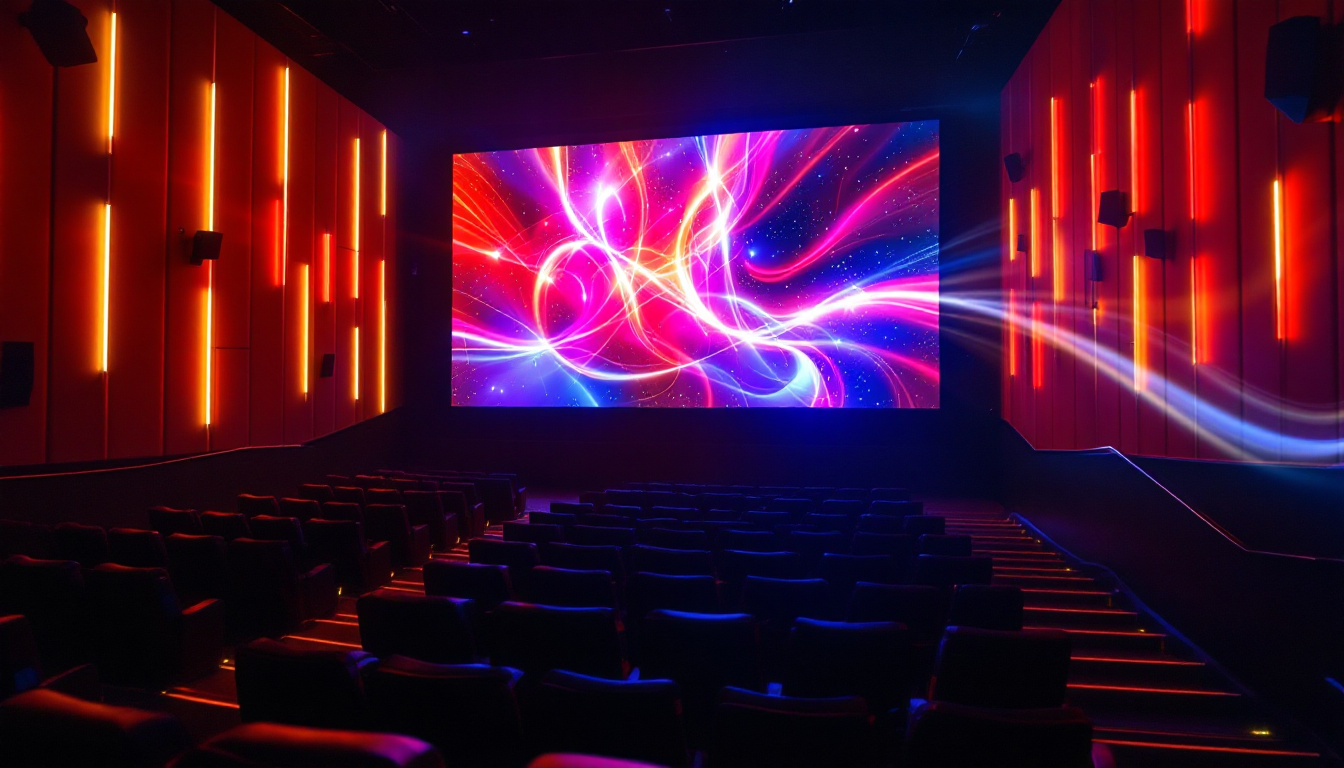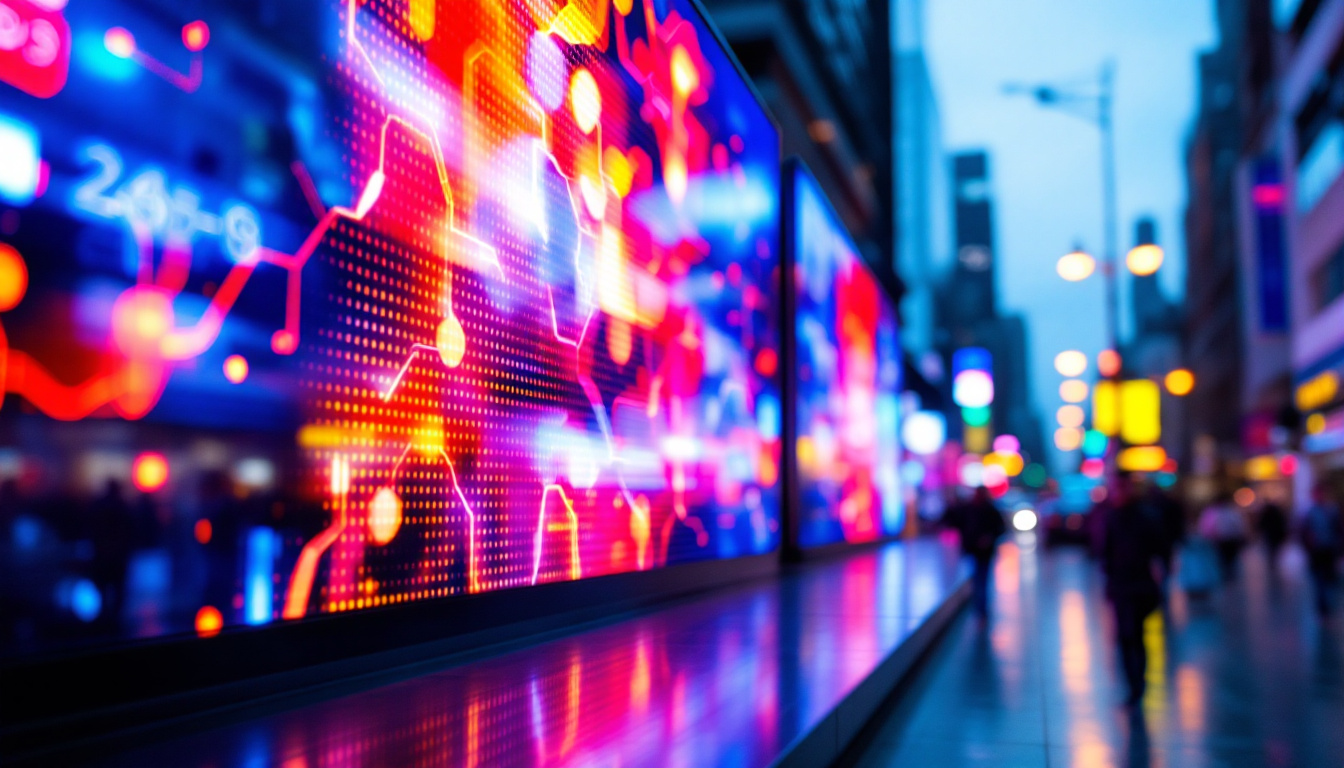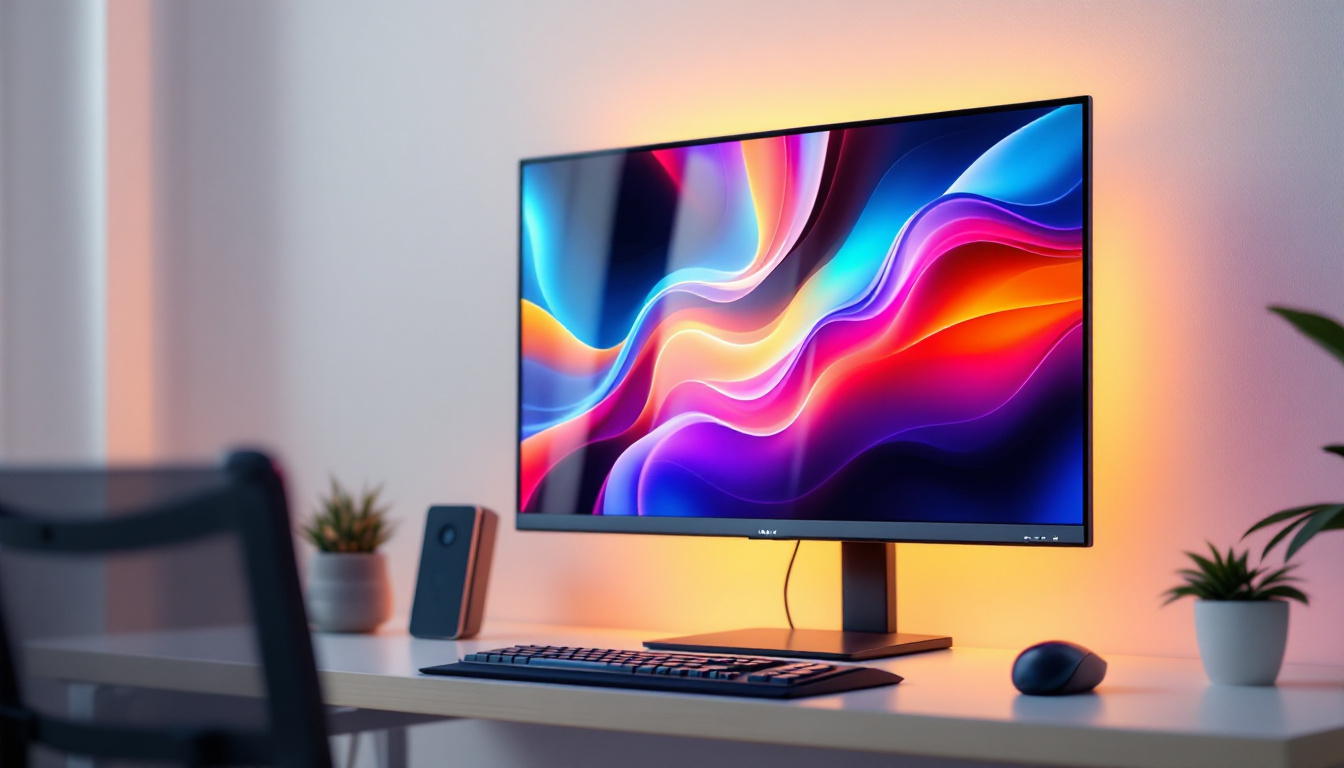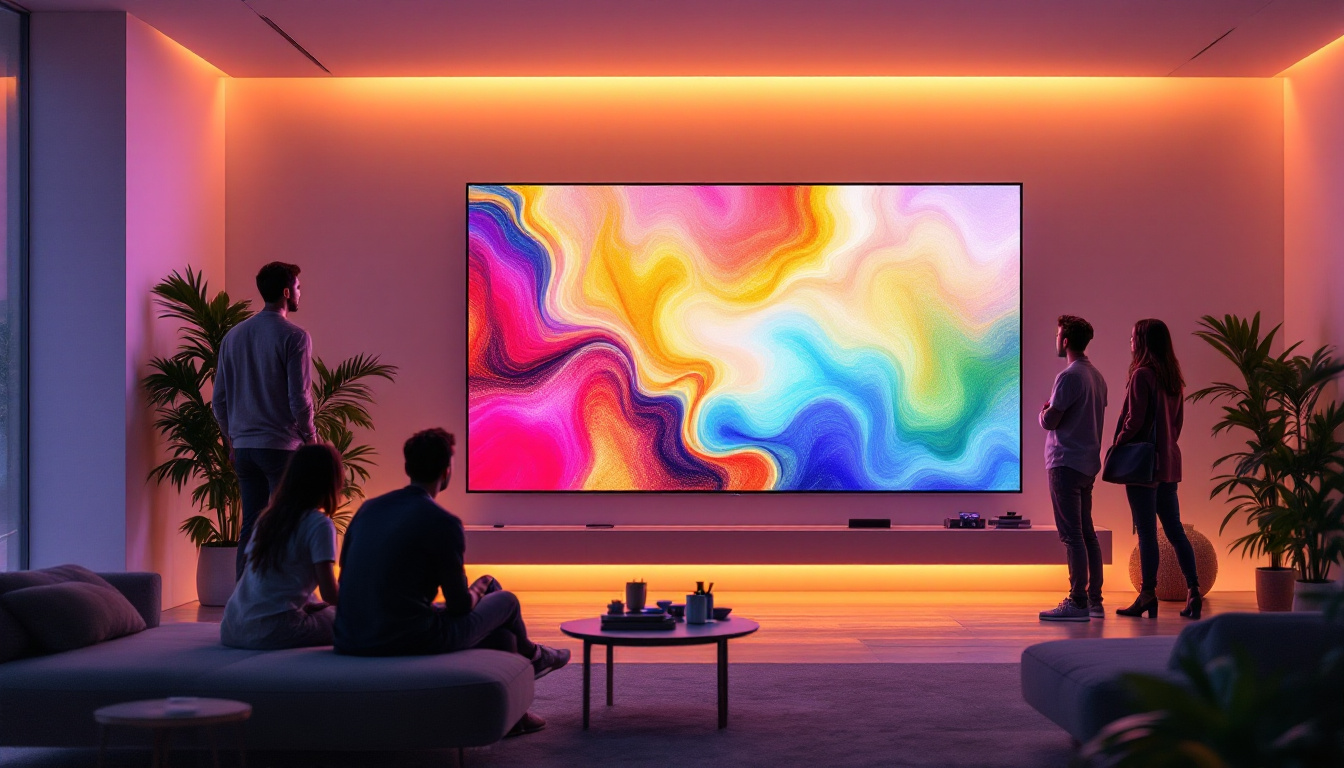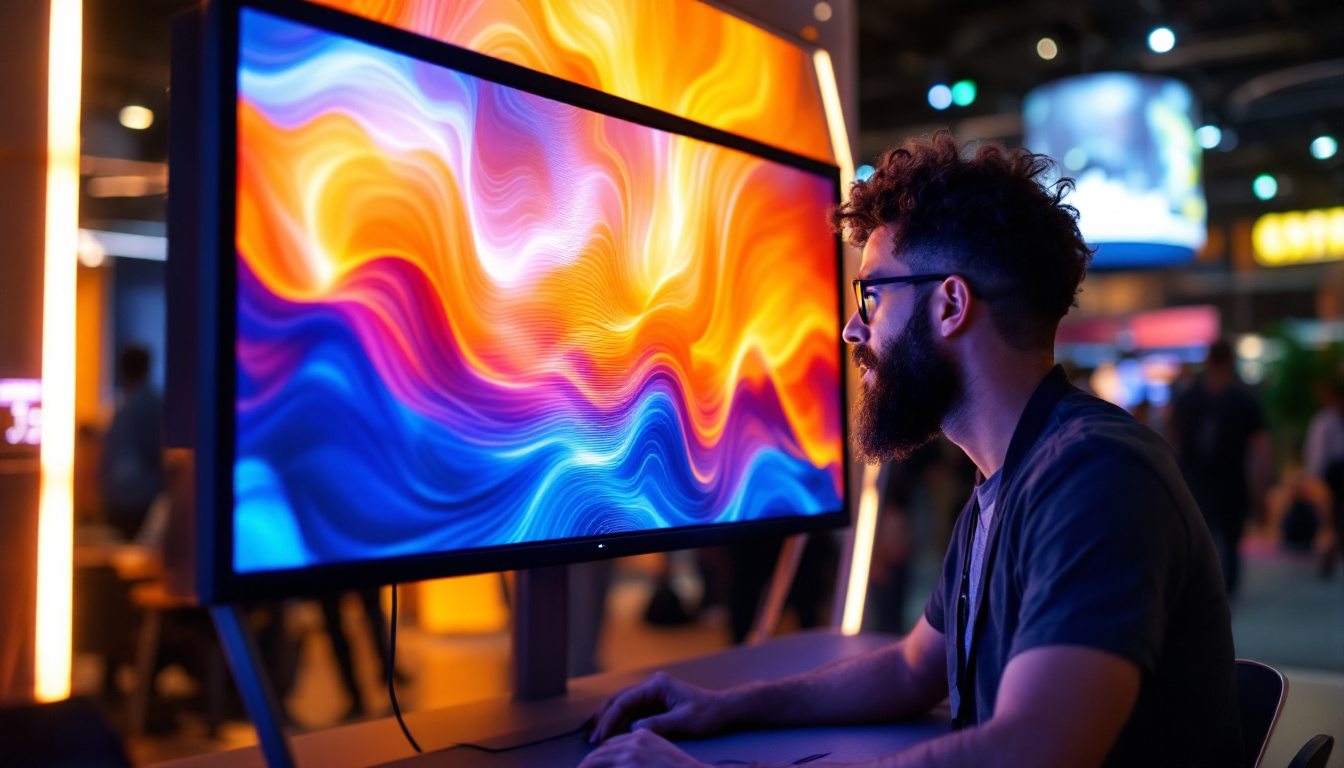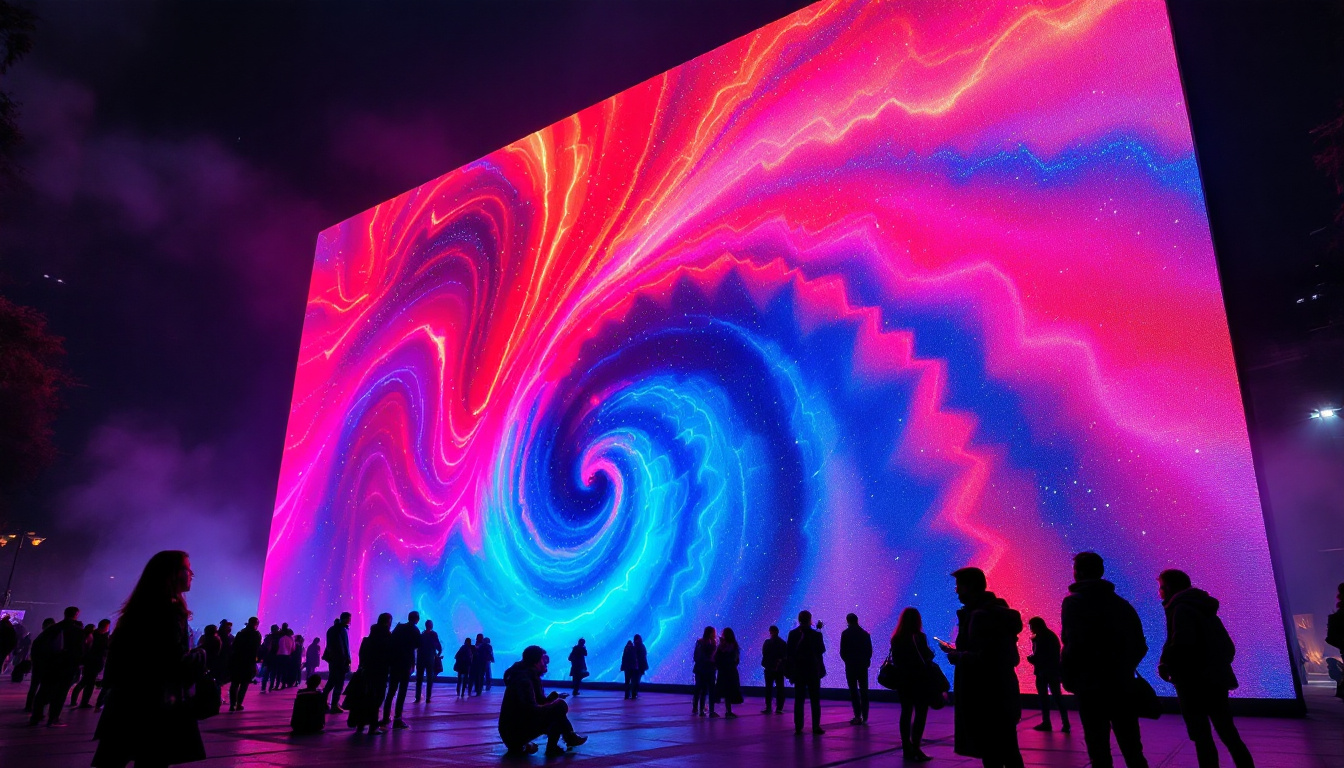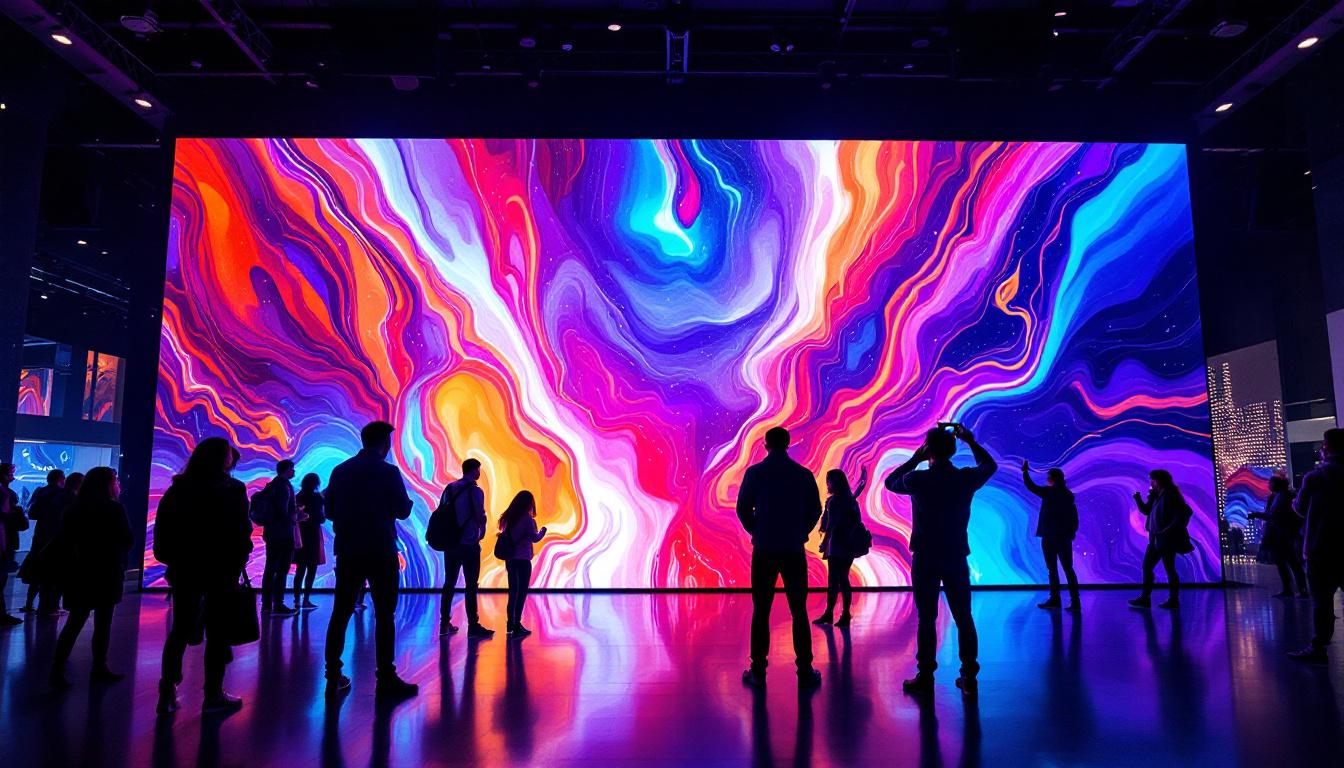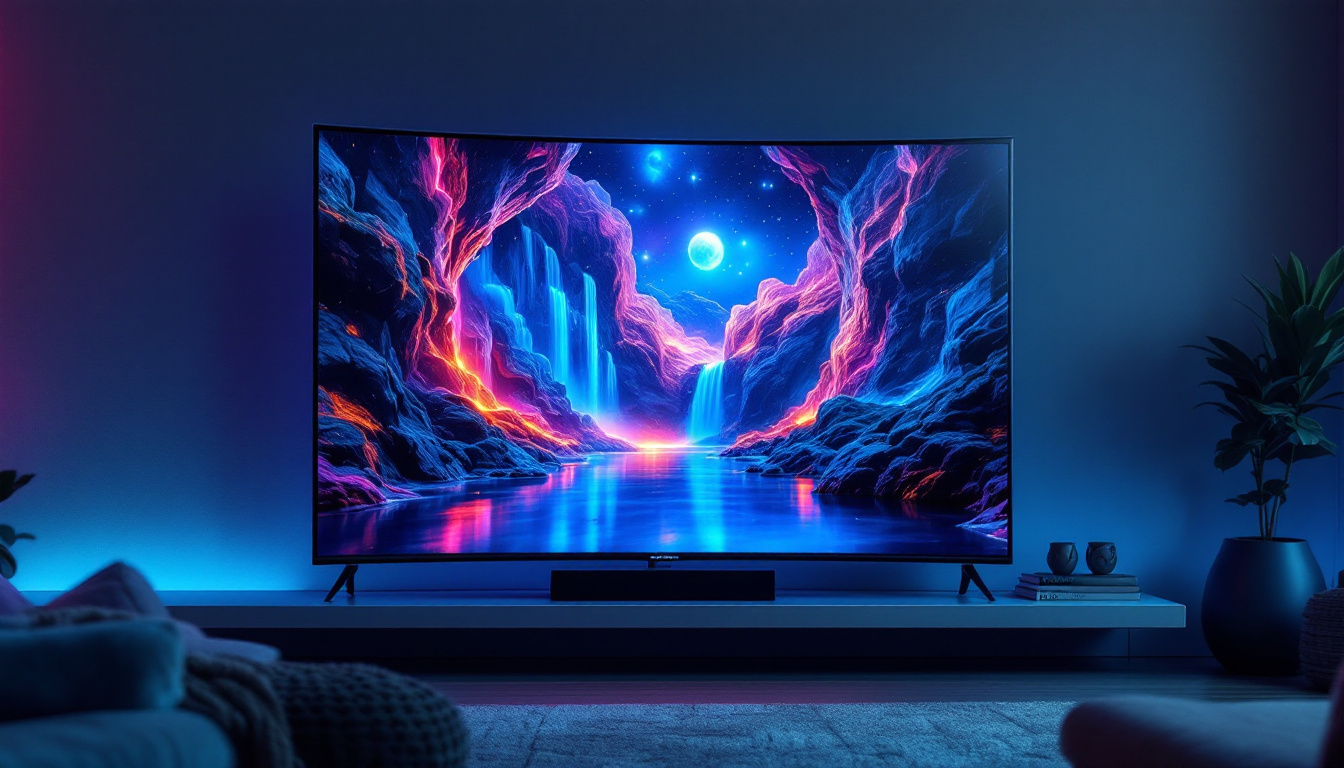In today’s fast-paced retail environment, grabbing customer attention is more challenging than ever. Traditional static signs are no longer sufficient to engage shoppers who are inundated with visual stimuli. Digital retail signs, particularly LED displays, have emerged as a powerful tool for retailers to communicate, advertise, and enhance the shopping experience effectively. This article explores the technology behind LED displays, their benefits, and practical applications in the retail sector.
Understanding LED Display Technology
What is an LED Display?
LED stands for Light Emitting Diode, a semiconductor device that emits light when an electric current passes through it. An LED display is a flat panel that uses an array of LEDs as pixels to create images, videos, and text. These displays can be configured in various sizes and resolutions, making them versatile for different retail environments—from small shelf-edge signs to massive outdoor billboards.
Unlike traditional LCD screens, LED displays do not require backlighting. Each LED emits its own light, which results in brighter images with higher contrast ratios. This intrinsic brightness makes LED displays particularly effective in well-lit or outdoor retail settings where visibility can be a challenge. Furthermore, the energy efficiency of LED technology means that these displays consume less power compared to their predecessors, leading to lower operational costs for retailers. The longevity of LED lights also contributes to reduced maintenance efforts, as they can last tens of thousands of hours before needing replacement.
Types of LED Displays Used in Retail
Retailers typically encounter two main types of LED displays: direct view LED (DV-LED) and LED-backlit LCD. DV-LED displays consist of individual LEDs that form the image directly, offering superior brightness and color accuracy. These are ideal for large-format signage and video walls, often used to create immersive shopping experiences that captivate customers and draw them into the store. The ability to display dynamic content, such as promotional videos or interactive advertisements, enhances customer engagement and can significantly boost sales.
On the other hand, LED-backlit LCDs use LEDs to illuminate an LCD panel. While these are common in smaller digital signage, they generally do not match the brightness and viewing angles of DV-LED displays. For retail environments demanding high impact and visibility, DV-LED remains the preferred choice. Additionally, LED-backlit LCDs can be more cost-effective for smaller applications, allowing retailers to implement digital signage solutions without a hefty investment. This flexibility enables businesses of all sizes to take advantage of modern display technology to enhance their marketing strategies.
Pixel Pitch and Resolution
One crucial technical aspect of LED displays is pixel pitch, the distance between the centers of two adjacent LEDs. A smaller pixel pitch means higher resolution and sharper images, which is essential for close-up viewing inside stores. Larger pixel pitches are suitable for displays viewed from a distance, such as outdoor storefront signs. The choice of pixel pitch can significantly affect the overall visual experience and the effectiveness of the display in conveying messages to customers.
For example, a pixel pitch of 1.5 mm is common for indoor retail displays where customers might be just a few feet away, ensuring crisp visuals. In contrast, outdoor displays might have pixel pitches ranging from 6 mm to 20 mm, balancing resolution with cost and visibility from afar. Retailers must carefully consider their target audience and viewing distances when selecting the appropriate pixel pitch, as this decision can influence not only the aesthetic appeal of the display but also its ability to effectively communicate brand messages. Additionally, advancements in technology are leading to the development of finer pixel pitches, enabling even more detailed imagery and a more immersive shopping experience for consumers.
Benefits of LED Displays in Retail
Enhanced Visual Impact and Engagement
Studies show that digital signs can increase customer engagement by up to 30%. LED displays, with their vibrant colors and dynamic content capabilities, capture attention more effectively than static signs. Motion, video, and bright illumination naturally draw the eye, making it easier to communicate promotions, new products, or brand messages.
Moreover, LED displays can be programmed to change content throughout the day, targeting different customer segments or promoting time-sensitive offers. This flexibility allows retailers to stay relevant and responsive to customer behavior in real time.
Improved Customer Experience
Beyond advertising, LED displays can enhance the overall shopping experience. Interactive LED signage can provide product information, wayfinding, or even virtual try-on experiences, reducing friction in the customer journey. For example, fashion retailers use LED mirrors combined with digital displays to allow customers to see how clothing looks without physically trying it on.
Bright, clear digital signage also improves store ambiance, making the environment more inviting and modern. This can increase dwell time and, consequently, sales conversion rates.
Cost Efficiency and Sustainability
While the initial investment in LED displays can be higher than traditional signage, the long-term benefits often outweigh the costs. LED technology is energy-efficient, consuming significantly less power than fluorescent or incandescent lighting. According to the U.S. Department of Energy, LEDs use at least 75% less energy than traditional lighting, which can translate into substantial savings for retailers operating multiple locations.
Additionally, digital content eliminates the need for frequent printing and physical sign replacements, reducing waste and operational expenses. Retailers can update promotions instantly without incurring printing or installation costs.
Applications of LED Displays in Retail Settings
Storefront and Window Displays
LED displays are highly effective for storefront signage, especially in high-traffic shopping districts. Their brightness ensures visibility during both day and night, attracting passersby and increasing foot traffic. Retailers often use large-format LED video walls to showcase product launches, seasonal promotions, or brand storytelling in vivid detail.
Window displays equipped with LED screens can create dynamic scenes that change throughout the day, keeping the storefront fresh and engaging. This adaptability helps retailers stand out in competitive environments.
In-Store Digital Signage
Inside stores, LED displays serve multiple purposes. They can highlight special offers, provide product information, or guide customers to different departments. For example, grocery stores use LED shelf-edge displays to show real-time prices and promotions, enhancing transparency and convenience.
Interactive LED kiosks enable customers to search for product availability or access loyalty program information, blending digital convenience with physical shopping. Such integration of LED technology supports omnichannel retail strategies, bridging online and offline experiences.
Event and Promotional Displays
Retailers frequently deploy LED displays for temporary events, pop-up shops, and promotional campaigns. The portability and ease of content updates make LED screens ideal for these short-term applications. Retail events benefit from the immersive and eye-catching nature of LED displays, which can include live video feeds, countdown timers, and interactive elements to boost engagement.
Key Considerations When Choosing LED Displays for Retail
Brightness and Viewing Environment
One of the primary factors to consider is the ambient lighting where the LED display will be installed. Outdoor displays require higher brightness levels, often exceeding 5,000 nits, to remain visible under direct sunlight. Indoor displays typically operate at 800 to 1,500 nits, sufficient for well-lit retail spaces without causing glare.
Choosing the right brightness ensures the display is effective without being overwhelming or causing discomfort to customers.
Content Management Systems (CMS)
Effective use of LED displays depends on the ability to manage and update content easily. A robust content management system allows retailers to schedule, customize, and analyze digital signage content remotely. Modern CMS platforms support integration with sales data, weather updates, and social media feeds, enabling dynamic and contextually relevant messaging.
Investing in a user-friendly CMS can maximize the ROI of LED signage by ensuring content remains fresh and targeted.
Durability and Maintenance
Retail environments can be demanding, with high foot traffic and potential exposure to dust, moisture, or temperature fluctuations. Selecting LED displays with appropriate ingress protection (IP) ratings and rugged construction is essential for longevity.
Regular maintenance, including cleaning and software updates, helps maintain optimal performance. Retailers should also consider warranty and support services when purchasing LED displays to minimize downtime.
The Future of LED Displays in Retail
Integration with AI and Data Analytics
The next generation of LED retail signage is increasingly intertwined with artificial intelligence and data analytics. Retailers can use AI-powered systems to tailor content in real time based on customer demographics, behavior, and even facial recognition technologies. For instance, an LED display might show different advertisements depending on the age or gender of the viewer, enhancing personalization and relevance.
Data collected from digital signage interactions can provide valuable insights into customer preferences and campaign effectiveness, enabling continuous optimization.
Advancements in Display Technology
Emerging technologies such as microLED and transparent LED displays promise to revolutionize retail signage further. MicroLED offers even higher brightness, contrast, and energy efficiency in thinner, lighter panels. Transparent LED displays allow retailers to integrate digital content seamlessly with physical products behind glass, creating futuristic window displays and store interiors.
These innovations will provide retailers with new creative possibilities to captivate customers and differentiate their brands.
Sustainability and Energy Efficiency
As sustainability becomes a priority for both consumers and businesses, LED displays will continue to evolve with energy-saving features and recyclable materials. Retailers adopting eco-friendly digital signage demonstrate corporate responsibility, which can enhance brand loyalty and attract environmentally conscious shoppers.
Conclusion
LED displays have transformed the landscape of retail signage by offering dynamic, bright, and versatile solutions that engage customers and drive sales. Understanding the technology behind LED displays, their benefits, and how to deploy them effectively is crucial for retailers aiming to stay competitive in an increasingly digital marketplace.
From storefront video walls to interactive in-store kiosks, LED signage enhances visual impact, improves customer experience, and supports sustainable operations. As technology advances, integrating AI and innovative display formats will unlock even greater potential for retail brands seeking to captivate and connect with their audiences.
Illuminate Your Brand with LumenMatrix
Ready to elevate your retail space with the vibrant, dynamic appeal of LED displays? LumenMatrix is at the forefront of LED display innovation, offering a diverse range of solutions tailored to create unforgettable visual experiences. From the bustling energy of an Indoor LED Wall Display to the striking clarity of an Outdoor LED Wall Display, our technology is designed to captivate and engage. Discover the transformative power of Vehicle LED Displays, the sleek sophistication of LED Poster Displays, and the interactive excitement of Floor LED Displays. With LumenMatrix, your message shines with unparalleled brightness and precision. Check out LumenMatrix LED Display Solutions today and turn your retail environment into a beacon of customer engagement.

